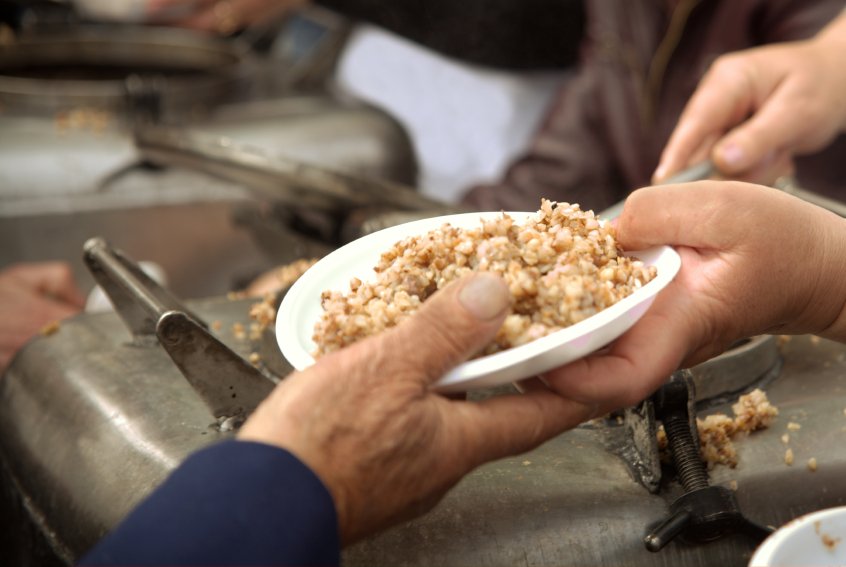Rediscovering the Corporal Works of Mercy
Jesus' words in Matthew 25 are not about us at all -- but about our neighbors.
 The seven Corporal Works of Mercy are a part of Catholic tradition and for many of us, these were part of our upbringing. In today’s world we often get too busy to give them much thought, yet they are rooted in one of the most beloved gospels, Matthew 25: 31 - 46, the Last Judgment parable: “When I was hungry, you gave me to eat.…”
The seven Corporal Works of Mercy are a part of Catholic tradition and for many of us, these were part of our upbringing. In today’s world we often get too busy to give them much thought, yet they are rooted in one of the most beloved gospels, Matthew 25: 31 - 46, the Last Judgment parable: “When I was hungry, you gave me to eat.…”
In this powerful scripture, Jesus gives us our “marching orders” as Christians – this is what we are to do if we are his followers. His words are not about how we are to pray or dress or how often or even where to go to Church. As a matter of fact, his words are not about us at all – but about our neighbors.
Based on the Gospel
The Corporal Works of Mercy are based in this gospel, the one in which Jesus identifies himself squarely with the poor and marginalized: Whatever you did for one of these least brothers and sisters of mine, you did for me. Jesus’ message to us: I have loved you and given myself for you. Follow my example and love the way I have loved you.
What we are called to today – in the midst of our modern world and busy lives - is to look beyond our own busy-ness and pay attention to those around us who are in need. Click on each Work of Mercy below for ways we can make these guides a part of our daily lives.
Feed the Hungry
Give Drink to the Thirsty
Clothe the Naked
Harbor the Harborless/ Shelter the Homeless
Visit the Sick
Ransom the captive/Visit the Imprisoned
Bury the Dead